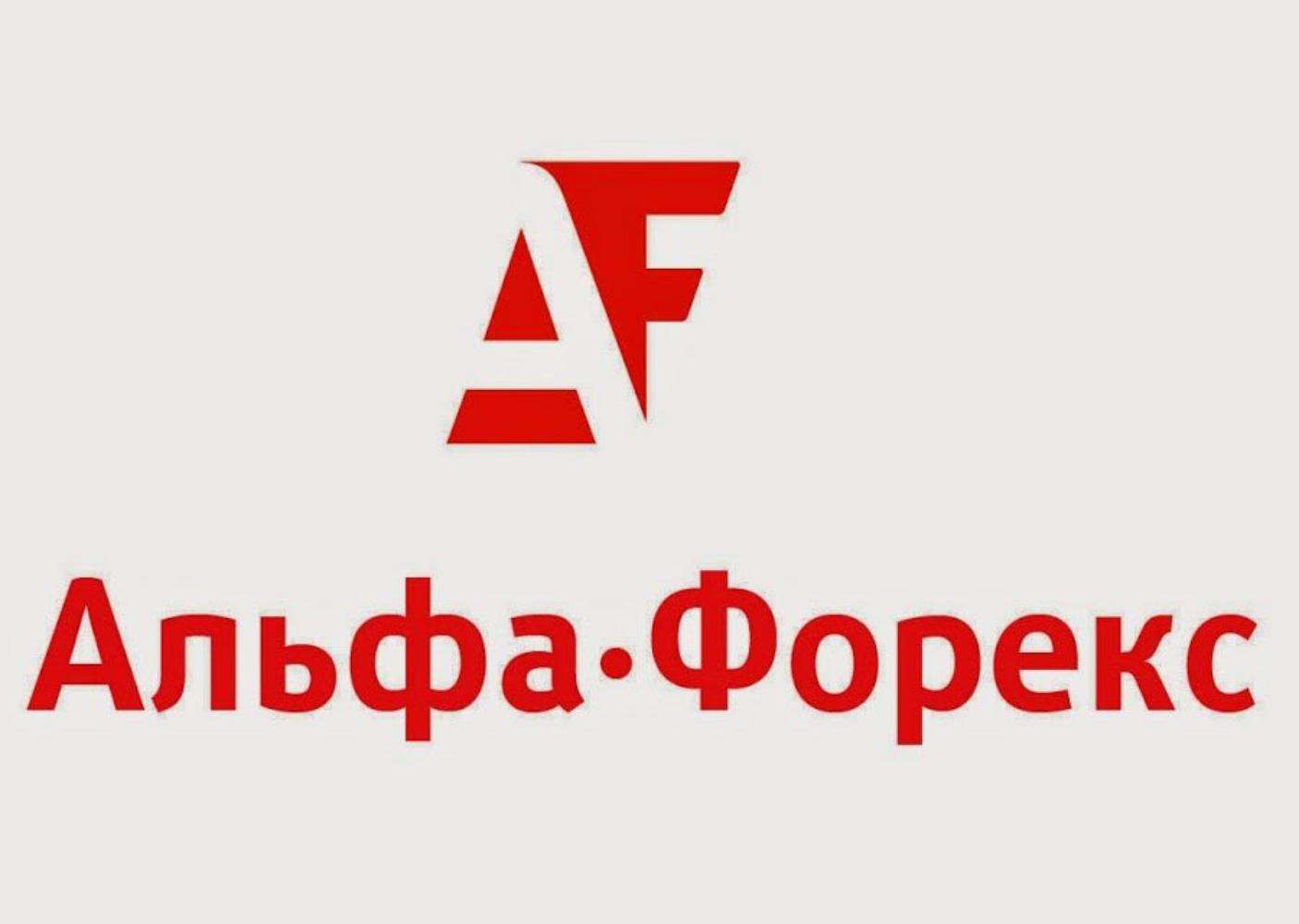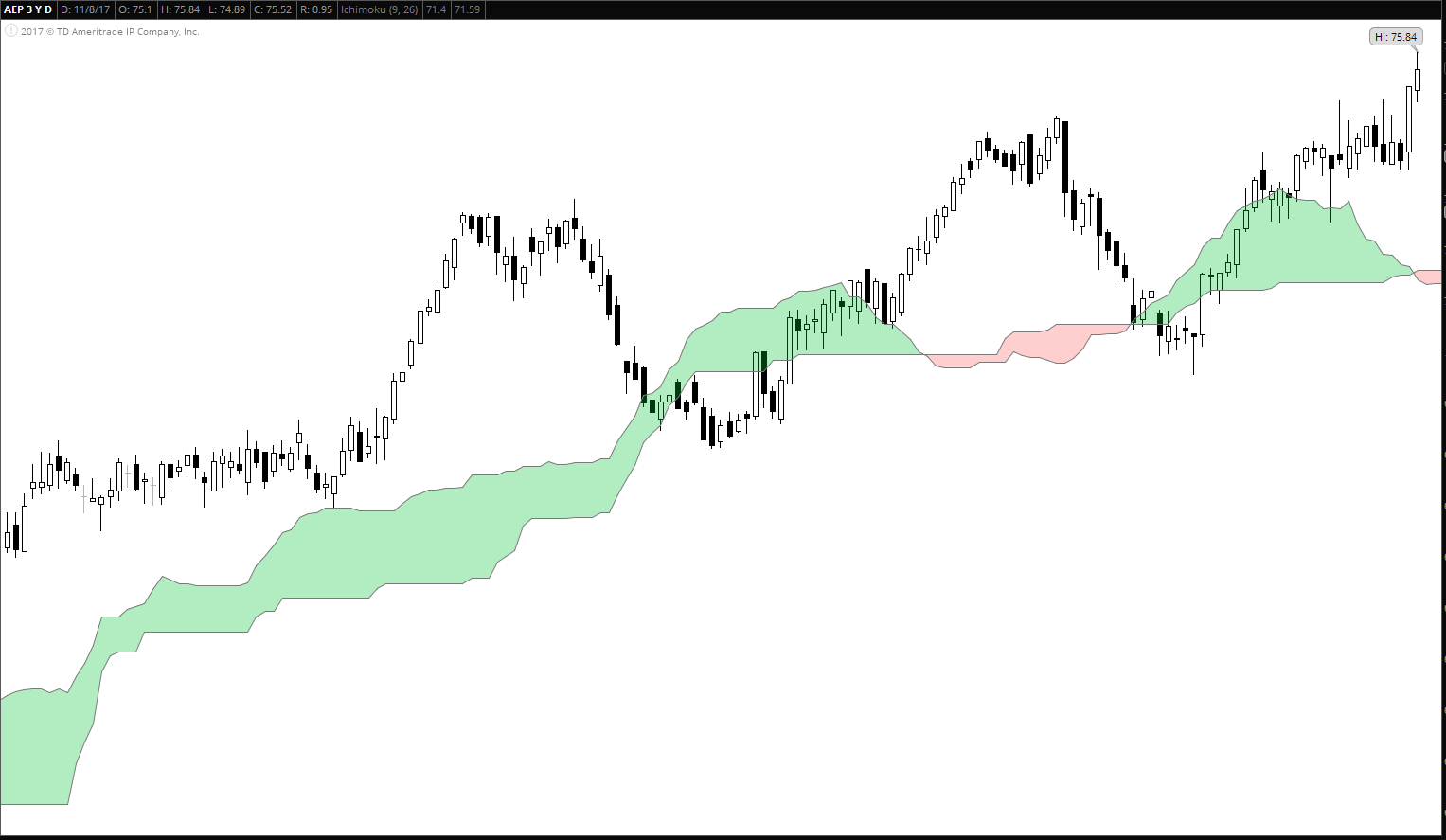Contents:

From the 2007–09 Great Recession to the onset of the coronavirus disease 2019 pandemic, the new-vehicle market in the United States changed significantly. The producer price index, a measure of what raw goods fetch on the open market, rose 0.7% for the month, the biggest increase since June. Economists surveyed by Dow Jones had been looking for an increase of 0.4% after a decline of 0.2% in December. Economists surveyed by Dow Jones had been looking for a rise of 0.4% after a decline of 0.2% in December. Inflation is a decrease in the purchasing power of money, reflected in a general increase in the prices of goods and services in an economy. The report shows the index rose to 91.8 in August, which beat analyst expectations.

After This Week’s Hot CPI And PPI Inflation Readings And Key Earnings Reports, What’s Next For The Market – Benzinga
After This Week’s Hot CPI And PPI Inflation Readings And Key Earnings Reports, What’s Next For The Market.
Posted: Fri, 17 Feb 2023 21:03:26 GMT [source]
In this it differs from consumer price indices which measure the prices from the point of view of consumers/buyers . The PPI reflects basic prices, which exclude VAT and similar deductible taxes directly linked to turnover. By contrast, any subsidies on products received by the producer should be added. In order to show the true development of price movements, actual transaction prices – instead of list prices – are collected.
What does it mean if PPI decreases?
In conclusion, the Producer Price Index is a critical economic indicator that can provide insights into inflation and the overall health of the economy. Traders can use PPI data to make informed trading decisions and gain an edge in financial markets. However, traders should also consider other economic indicators and market conditions before making trades. Traders can use PPI data to understand the direction of inflation in the economy. If PPI is increasing, it can signal that consumer prices might increase too, which can lead to higher interest rates. The Producer Price Index measures the change in prices paid to US producers of goods and services.
If you look at the headlines, you would think that the Fed is in control of inflation. But digging deeper into the numbers, you see that the significant decrease in the price of gas was enough to offset the continued rise in food prices and rent. When you tune into the news, you hear people discuss these terms, along with the Consumer Price Index, the Federal Reserve, treasury yields, the stock market, and more. Most of us have a firm understanding of inflation but not so much of how the Federal Reserve decides to change interest rates. The monthly CPI report came in hotter than expected, pushing markets down as a hawkish Fed is very likely to continue raising interest rates.
Forex traders can use PPI as a leading indicator to forecast consumer inflation measured by the Consumer Price Index . PPI is an important piece of economic data due to its signaling effect on future expected inflation. The data is broken down further into approximately 10,000 PPIs for individual products and groups of products in nearly all good-producing industries.

Producer Price Inflation MoM in the United States is expected to be -0.20 percent by the end of this quarter, according to Trading Economics global macro models and analysts expectations. Again, gas sales played a big role, with sales at service stations sliding 4.6%. Department stores also reported a 6.6% decline, part of a broader 0.8% loss at general merchandise stores. The steep drop in sales suggest « that consumption growth is set to slow significantly in the first quarter, » said Ian Shepherdson, chief economist at Pantheon Macroeconomics.
CPI versus PPI—how they’re similar
It is calculated by dividing the difference between two Consumer Price Indexes by previous CPI and multiplying it by 100. Price InflationPrice inflation is the rate of increase in the prices of a broad range of essential goods and services across a specific time period, generally a year. EconomyAn economy comprises individuals, commercial entities, and the government involved in the production, distribution, exchange, and consumption of products and services in a society.
Unlike theconsumer price index, the product prices in PPI do not include any taxes, trade, or transport margins that buyers have to pay. However, these changes eventually get passed on to consumers and are reflected in CPI. The US Bureau of Labor Statistics publishes the PPI figures at regular intervals based on the data from industries operating in the goods-manufacturing sector. The Bureau of Labor Statistics also produces the Consumer Price Index , which measures the average price of a basket of consumer goods and services domestic producers provide. CPI data is collected directly from 24,000 consumers and the selection of a specific item from a given category. For example, the report might look at the cost of a gallon of skim milk.
- The prices included in the PPI are from the first commercial transaction for many products and some services.
- The categories are compatible with those used in other releases to report industry-level data on production, employment, earnings, and productivity.
- The lower inflation numbers are expected to impact Federal Reserve policy.
- A Producer Price Index for an industry is a measure of changes in prices received for the industry’s output sold outside the industry .
Its component product and services indexes are weighted based on the value of the category’s output to calculate the overall change in producer prices. A positive change in the PPI index implies that costs are rising and, in the end, price increases get passed down to consumers. If this effect is large enough, there will be an increase in future CPI figures to reflect that the general level of prices has increased.
More On MarketWatch
But these two indexes don’t just differ based on the type of prices measured. There are also important compositional differences between the PPI and the CPI that can be considered. These distinctions are based on what’s included and left out of each. PPI Industry Index – influences the Core PPI figure and reflects changes in the price of goods at the last manufacturing stage. The weight for each item included in the index is determined based on the item’s importance in the economy.
- Because it measures price changes before they reach consumers, some people see it as an earlier predictor of inflation than the CPI.
- By following PPI trends, consumers and investors can avoid unexpected changes to inflation.
- The PPI specifically targets producer pricing, which might not be the same as consumer pricing when middlemen get involved.
- On a 12-month basis, headline PPI increased 6%, still elevated but well off its 11.6% peak in March 2022.
- Producer prices for energy are, however, very volatile and react much stronger in times of a crisis.
The way the index is calculated has changed several times, but the index data is considered continuous, and data from different years can be usefully compared for the entire history of the index. For one, the PPI discerns price changes that producers sell raw goods and services at. This is different from the CPI, which tracks changes in what price consumers in the U.S. actually purchase goods and services. The CPI measures the prices of domestic and imported goods and services. The CPI specifically targets prices for residents in cities or other urban environments, and consumers include everyone from the poor to professionals to retirees. This discrepancy points to another difference between the two indexes.
The https://forexhero.info/ serves as one of the lead indicators influencing the CPI, which means what it costs to produce directly trickles down to consumers, often at a higher rate. A few noteworthy exclusions from the CPI include residents in rural regions, people in the armed forces, and those who are institutionalized, among others. This does give the CPI some bias, but it allows for a benchmark to help the government track where inflation rates fell for the previous month. The PPI is considered a weighted index because certain items are given more weight in terms of the index than others. Part of a company’s COGS number is reflected in an economic report known as the Producer Price Index . The PPI, while not the definitive report on inflation, is considered a leading indicator or economic activity.
Sellers’ and purchasers’ https://traderoom.info/s may differ due to government subsidies, sales and excise taxes, and distribution costs. The producer price index is a government economic report prepared by the Bureau of Labor Statistics that measures the change in prices sellers receive for thousands of items and services. The PPI’s main use is to tell investors, businesses, policymakers and academics the direction of inflation. As such it is considered a leading economic indicator rather than a lagging economic indicator.

Weights for the aggregation of https://forexdelta.net/s into indices are based on turnover information from the Structural Business Statistics database or on information coming directly from Member States. As Figures 1 and 2 illustrate, the various sub-indices for the EU, the euro area and for domestic and non-domestic market all moved in a very similar fashion. The index for the non-domestic market is further divided into an index for the euro area and one for the non-euro area . Be sure to make use of aninflation calculator as you devise an investment strategy to take into account fluctuations in the value of the dollar. Prices for wholesale goods and services fell sharply in December, providing another sign that inflation, while still high, is beginning to ease. Both the PPI and CPI are important indicators of where the U.S. economy stands, especially during tough economic times.
To calculate the PPI, the Bureau of Labor Statistics collects price data from a sample of producers that represent a variety of industries in the economy. The BLS then assigns a weight to each item in the basket based on its relative importance in the production process. For instance, the weight assigned to energy prices is typically higher than that of food prices due to the critical role that energy plays in the production of goods and services. As of June 2020 industrial producer prices started to increase again. The development was quite dynamic and even accelerated during the last months of 2021 and the first months of 2022.
Next Release
PPI data is usually released by the statistics offices on a monthly basis, although some countries might release it on a quarterly basis too. In the US, the PPI is released monthly by the Bureau of Labour Statistics , which the US Federal Reserve takes into consideration for its monetary policy decisions. Reports are released in the second week of each month, reflecting the previous month’s values. Persistent inflation has forced the Federal Reserve to jack up interest rates to try bring prices under control, but the strategy also raises the risk of a recession in 2023. Rate Of InflationThe rate of inflation formula helps understand how much the price of goods and services in an economy has increased in a year.
The commodity index tracks the average price change for raw materials such as coal and other commodities. The stage of production index measures price changes for goods that have been sold to manufacturers but will add value to products that are not yet at a finished level. Finally, the industry index measures price changes for goods that are in the final stage of production. The industry index, which is called the finished goods index, is what makes up the core PPI. PPI indicates the price changes in inputs, semi-finished and finished products over time. It helps policymakers identify price fluctuations at the producer level and take corrective measures.
Prices: Producer prices
It also acts as a contrast adjustment tool to alter long-term contracts for price changes. In addition, PPI helps deflate the economic data like the gross domestic product to reflect the real growth of an economy. The Producer Price Index is a program overseen and published by the US Bureau of Labor Statistics . It tracks the wholesale selling prices that domestic manufacturers receive for their products and services. The prices collected represent the initial cost of a product or service as it reaches the market and tracks current pricing for around 10,000 products and services. This includes industries such as natural gas, agriculture, manufacturing, construction, retail, real estate, healthcare and more.

When faced with increased costs for materials, labour, and other inputs, they adjust their selling prices accordingly. The PPI captures these changes in producer prices over time and supplies a snapshot of inflation trends in the economy. Producer prices for final demand in the US increased 0.7% month-over-month in January of 2023, the most in seven months and higher than market forecasts of 0.4%. Goods prices jumped 1.2%, also the largest increase since rising 2.1% in June 2022, led by a 6.2% surge in gasoline cost.
Commodity classification refers to the categorization done on the basis of the products and services. PPI identifies and segregates products of an industry depending on the overall similarity, composition, and use. Q.ai. Q.ai offers advanced investment strategies that combine human ingenuity with AI technology. Our investment strategies, which we call “Investment Kits,” help investors manage risk and maximize returns by utilizing AI to identify trends and predict changes in the market. Invest in up to 20 stocks and ETFs by adding a single Kit to your portfolio. Our AI will rebalance your investments on a weekly basis to optimize performance.
